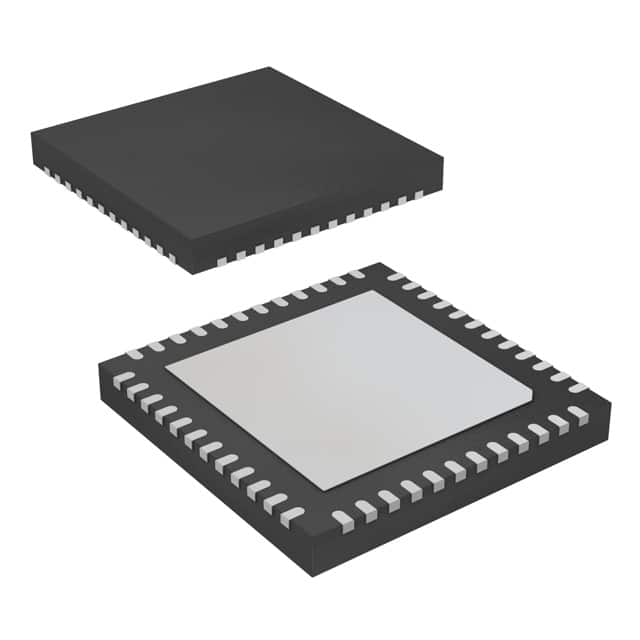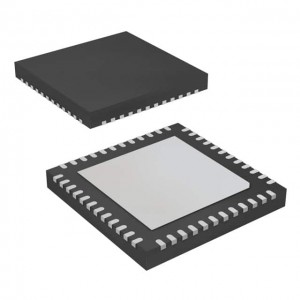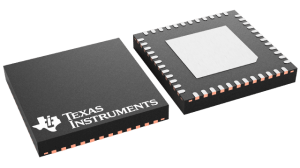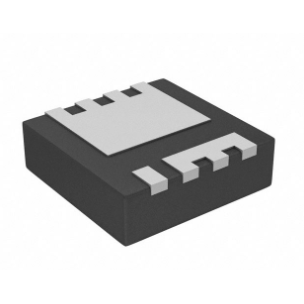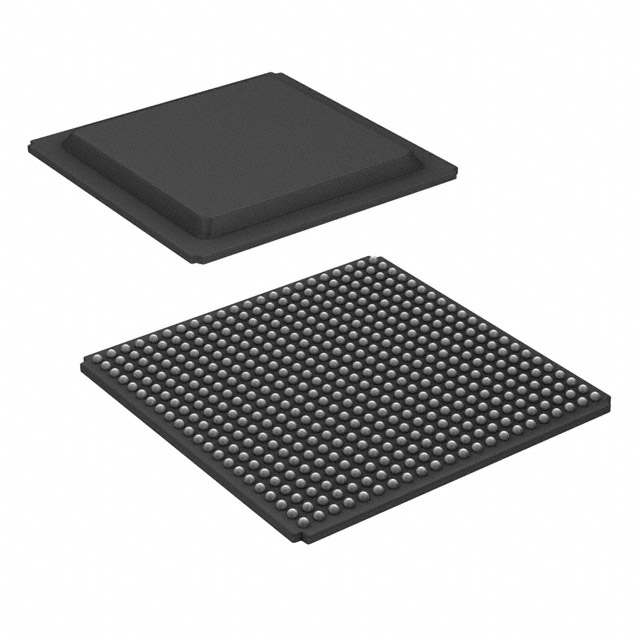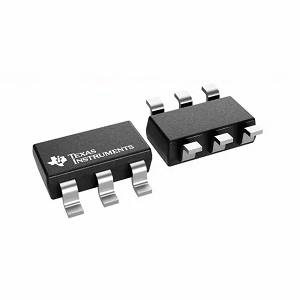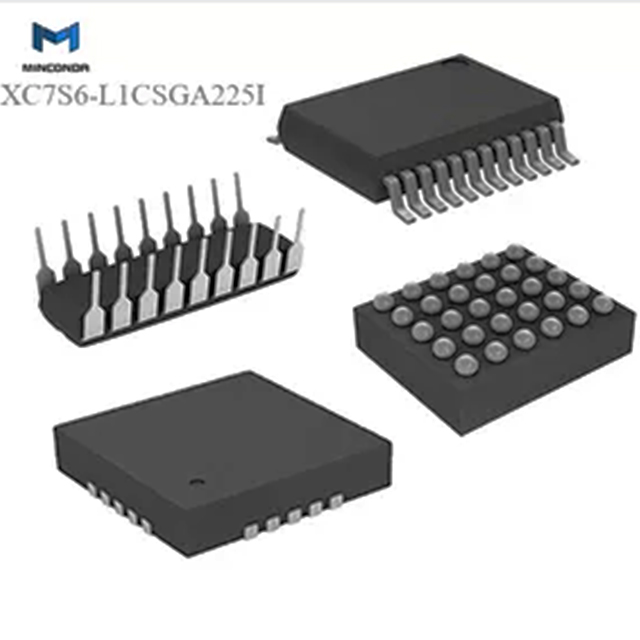One Spot DS90UB936TRGZTQ1 48-VQFN-EP 7×7 integrated circuit 12-BIT 100MHFPD-LINK III DESERIA
Product Attributes
| TYPE | DESCRIPTION |
| Category | Integrated Circuits (ICs) |
| Mfr | Texas Instruments |
| Series | Automotive, AEC-Q100 |
| Package | Tape & Reel (TR)
Cut Tape (CT) Digi-Reel® |
| SPQ | 250T&R |
| Product Status | Active |
| Function | Deserializer |
| Data Rate | 2.5Gbps |
| Input Type | FPD-Link III |
| Output Type | CSI-2, MIPI |
| Number of Inputs | 2 |
| Number of Outputs | 12 |
| Voltage - Supply | 1.045V ~ 1.155V, 1.71V ~ 1.89V |
| Operating Temperature | -40°C ~ 105°C (TA) |
| Mounting Type | Surface Mount |
| Package / Case | 48-VFQFN Exposed Pad |
| Supplier Device Package | 48-VQFN (7x7) |
| Base Product Number | DS90UB936 |
1.Integrated circuits can be classified in many ways, according to whether the circuit is analog or digital: analog integrated circuits, digital integrated circuits, and mixed-signal integrated circuits (analog and digital on a single chip).
Digital integrated circuits can contain anything from thousands to millions of logic gates, flip-flops, multi-taskers, and other circuits on a few square millimeters. The small size of these circuits allows for higher speed, lower power consumption (see low power design), and reduced manufacturing costs compared to board-level integration. These digital ICs, represented by microprocessors, digital signal processors, and microcontrollers, work with binary, processing 1 and 0 signals.
Analogue ICs have, for example, sensors, power control circuits, and op-amps, which process analog signals. The functions of amplification, filtering, demodulation, mixing, etc. are completed. By using expertly designed, well-characterized analog integrated circuits, the circuit designer is relieved of the burden of having to design everything from the basics, one transistor at a time.
Integrated circuits can integrate analog and digital circuits on a single chip to make devices such as analog-to-digital converters and digital-to-analog converters. Such circuits offer smaller sizes and lower costs, but care must be taken regarding signal conflicts.
2.Chips are generally named as follows: letter + number + letter
The first letter is the abbreviation of the chip manufacturer or a chip series. For example, most of the ones starting with MC are from Motorola and most of the ones starting with MAX are from Maxis.
The number in the middle is the functional model. Like MC7805 and LM7805, from the 7805 you can see that their function is to output 5V, just not the same manufacturer.
The letters at the back are mostly package information, you have to look at the information provided by the manufacturer to know exactly what package the letters represent.
The 74 series is the common name for standard TTL logic devices, such as 74LS00, 74LS02, etc. It is not clear from the 74 alone what the company's product is. Different companies will add prefixes in front of the 74, e.g. SN74LS00, etc.
3.A complete IC model number must generally contain at least the following four parts:
The prefix (initial label) ----- is a good indicator of the company's product.
The device name ---- generally infers the function of the product (memory tells the capacity).
The temperature class ----- distinguishes between commercial grade, industrial grade, military-grade, etc. In general, C indicates civil grade, I indicates industrial grade, E indicates extended industrial grade, A indicates aerospace grade and M indicates military grade.
Package ---- indicates the package and number of pins of the product. Some IC models will have other content:
Rate ---- such as memory, MCU, DSP, FPGA, etc. products have rate differences, such as -5, -6, and other numbers indicate.
Process structure ---- e.g. general purpose digital ICs are COMS and TL, often indicated by the letters C and T.
Whether it is environmentally friendly ----- generally has a letter at the end of the model number to indicate whether it is environmentally friendly, such as z, R, +, etc.
Packaging ----- shows in what kind of packaging the material is shipped, e.g. tube, T/R, rail, tray, etc.
The version number ---- shows the number of times the product has been modified, usually with M as the first version.






